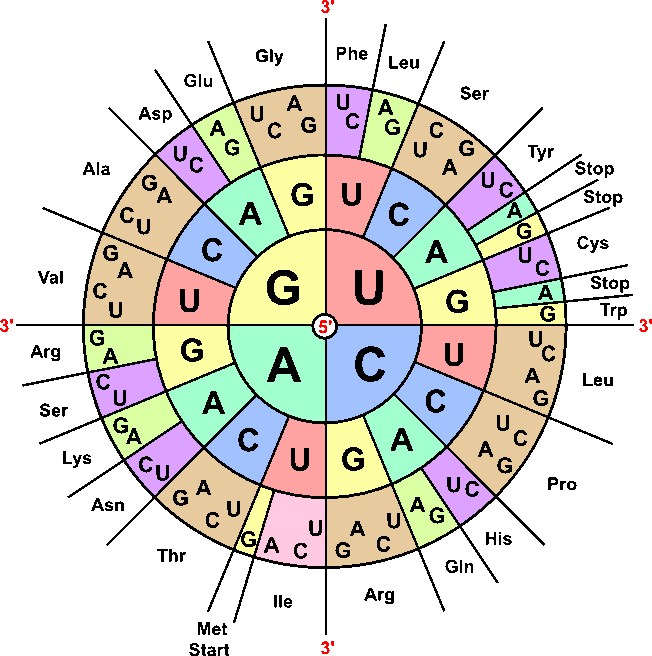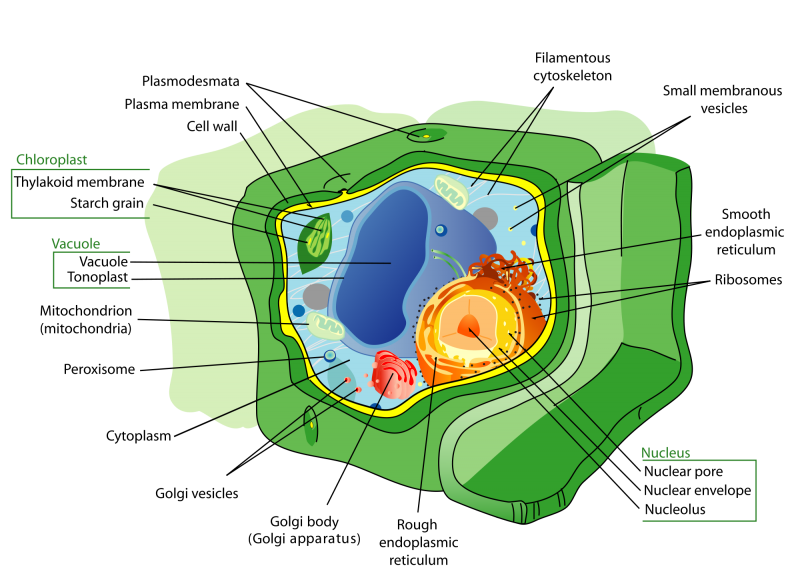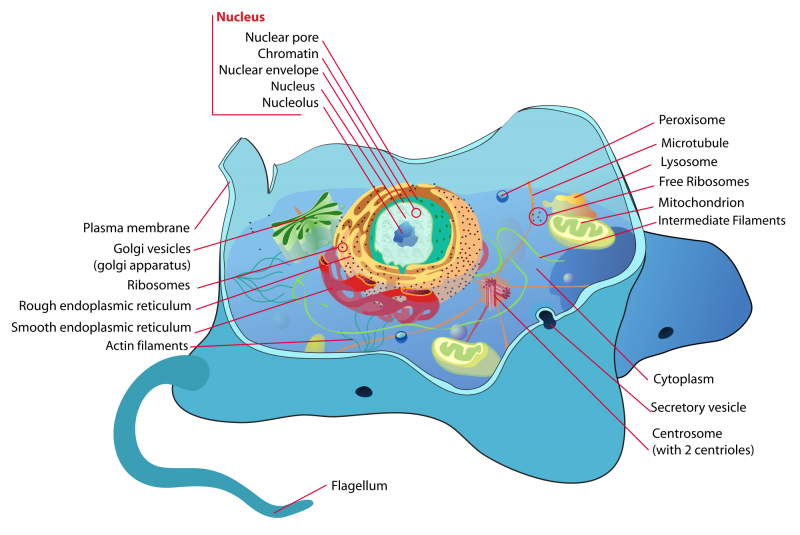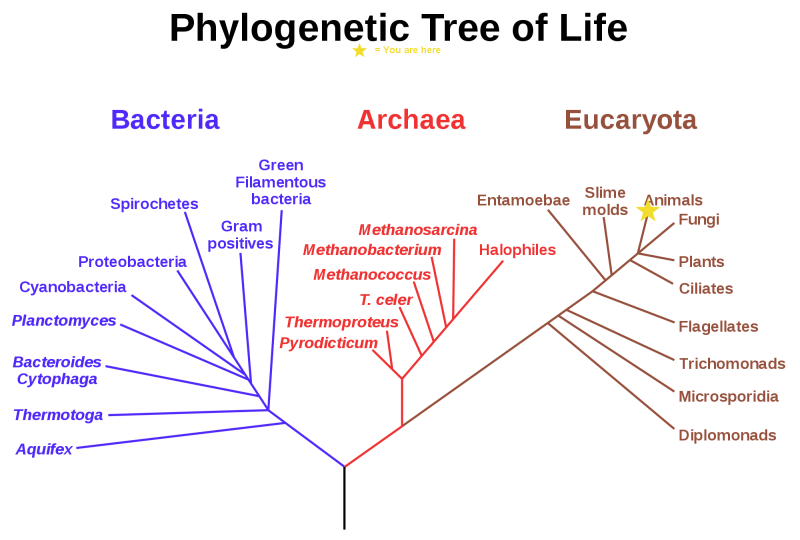I’ll get back to misconception Monday posts next week, but when Genie Scott sent me this idea for a post, I couldn’t resist it. If you’ve been following the news, you may have seen reports that a potential Ebola therapy, cultured in tobacco plants, has been used on two Americans that contracted the disease. And chances are, you didn’t think much of the fact that the drug is coming from a plant, after all, we get drugs from plants all the time. But the treatment in question is not a naturally occurring plant compound, or even a modified plant compound—it’s a mammalian antibody. That’s right—tobacco plants are producing mammalian antibodies. Weird, right?
Here’s how it works: mice are exposed to an Ebola protein, which induces the mice’s immune systems to produce Ebola antibodies. The mice antibodies are then harvested and slightly modified to make them more like human Ebola antibodies. The genes for these modified antibodies are then introduced into the cells of tobacco plants, which merrily churn out antibodies that can then be injected into humans to help fight off an Ebola infection. Isn’t that crazy? My iPhone won’t charge if I try to use a generic power cable, but a tobacco plant can produce an antibody that will work inside a human body?
 In fact, this kind of genetic engineering, where one organism is used as a kind of factory for a product to be used in a different organism, is very common, and it’s possible because all organisms share a nearly universal genetic code. From bacteria to tobacco plants to humans, ribosomes read C-A-C and tRNA brings over a histidine amino acid. G-C-G gets you glycine; AAA:lysine… and so on. Tobacco plants, mice, and humans are eukaryotes (or eucaryotes): organisms with nucleated cells. Eukaryotes include most of the organisms you’re familiar with, from plants to fungi to animals.
In fact, this kind of genetic engineering, where one organism is used as a kind of factory for a product to be used in a different organism, is very common, and it’s possible because all organisms share a nearly universal genetic code. From bacteria to tobacco plants to humans, ribosomes read C-A-C and tRNA brings over a histidine amino acid. G-C-G gets you glycine; AAA:lysine… and so on. Tobacco plants, mice, and humans are eukaryotes (or eucaryotes): organisms with nucleated cells. Eukaryotes include most of the organisms you’re familiar with, from plants to fungi to animals.
Outwardly, a plant and an animal are very different, but if you think like a biochemist, they’re really very similar. As NCSE member biochemist Bill Thwaites liked to say, “If you’ve seen one eukaryote, you’ve seen them all.” The reason for these biochemical similarities is common descent. The more closely related two groups are, the more characteristics they share, which is why scientists tend to test drug efficacy in mammals such as mice, rather than in more distantly related organisms, such as goldfish or flies. It’s also why we can grow ears on rats. Human ears. On rats. You can’t make this stuff up.
So how can teachers help students to understand the reasons for these extraordinary similarities among living things? At the very youngest grades, similarities in overall appearance tend to be emphasized, and appropriately so. After all, that was good enough for the great taxonomists of the 18th and 19th centuries! But by upper elementary and middle school, students should start to understand that looks can be deceiving—that a barnacle has more in common with a crab than a limpet; you just  have to know what to look for. Also in middle school, students are introduced to basic biochemical processes such as photosynthesis and cellular respiration. Teachers should emphasize that these processes occur within cells, and that the
have to know what to look for. Also in middle school, students are introduced to basic biochemical processes such as photosynthesis and cellular respiration. Teachers should emphasize that these processes occur within cells, and that the  fact that both plants and animals carry out cellular respiration must mean that their cells have some machinery in common. When comparing cell diagrams, don’t just ask what is different, but ask what is the same. It’s true that plant cells have cell walls and animal cells don’t, but what structures do they both have? A lot!
fact that both plants and animals carry out cellular respiration must mean that their cells have some machinery in common. When comparing cell diagrams, don’t just ask what is different, but ask what is the same. It’s true that plant cells have cell walls and animal cells don’t, but what structures do they both have? A lot!
In high school, students should be ready to grasp the most impressive homology of life: the genetic code. When the code is introduced, teachers should make sure that students can appreciate what the universal nature of the code allows. Tell them about rats that can grow human ears, and plants that can grow antibodies, and make sure they understand why that can work. It’s because living organisms inherited common biochemical plumbing from common ancestors. It’s because of evolution.
When teaching evolution, the characteristics that distinguish a lineage from others tend to take center stage: after all, modern phylogenetics is based upon the principle of shared-derived characteristics. But it’s important to not lose sight of the commonalities that populated the “trunk” of any evolutionary tree—there are always far more similarities than differences among living things. Take humans, for example. Bipedalism distinguishes us from modern chimpanzees, but the list of characteristics that we share with our closest living relatives is enormously longer than the list of how we differ (think notochord on up!). And there are plenty of similarities among even more distantly related life forms like plants and animals, though they may be less obvious because they are at the cellular level. A tree like this one can help emphasize this point:
Each of the three domains—bacteria, archaea, and eucaryota—is composed of life forms that are more similar to one another than to those in another domain. So animals and plants (and all the other groups on the eucaryote branch) have basic similarities inherited from a common eukaryote ancestor, though of course they have diverged considerably from it, and from one another. Perhaps if we can get people to see how close humans are to trees and mushrooms in the grand scheme of things, then the fact that we can use plants to grow human antibodies shouldn’t be such a shock.

